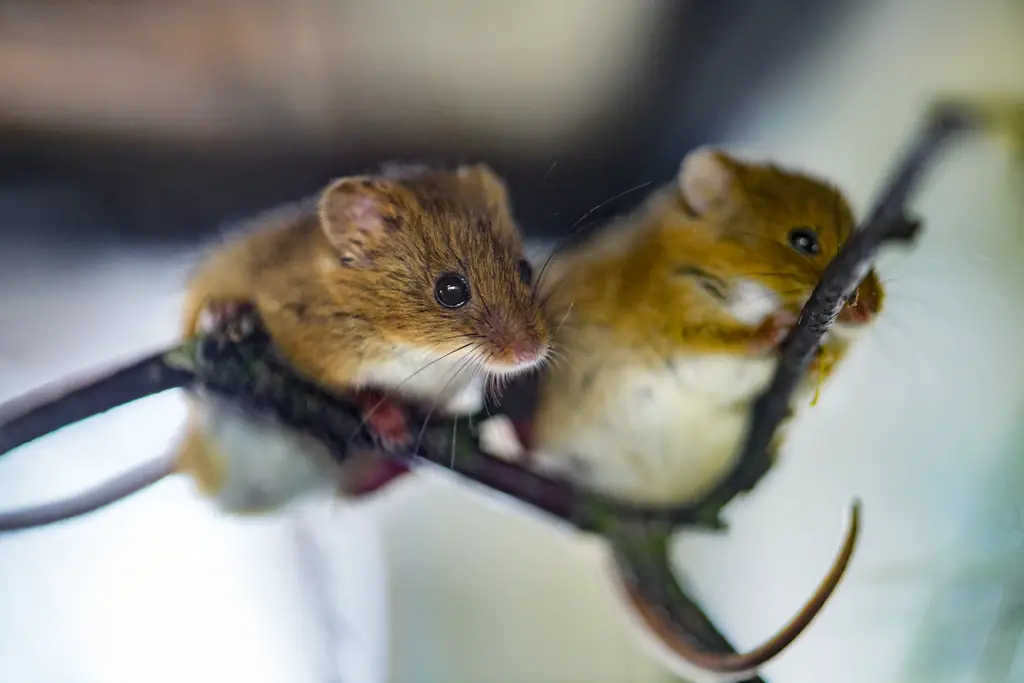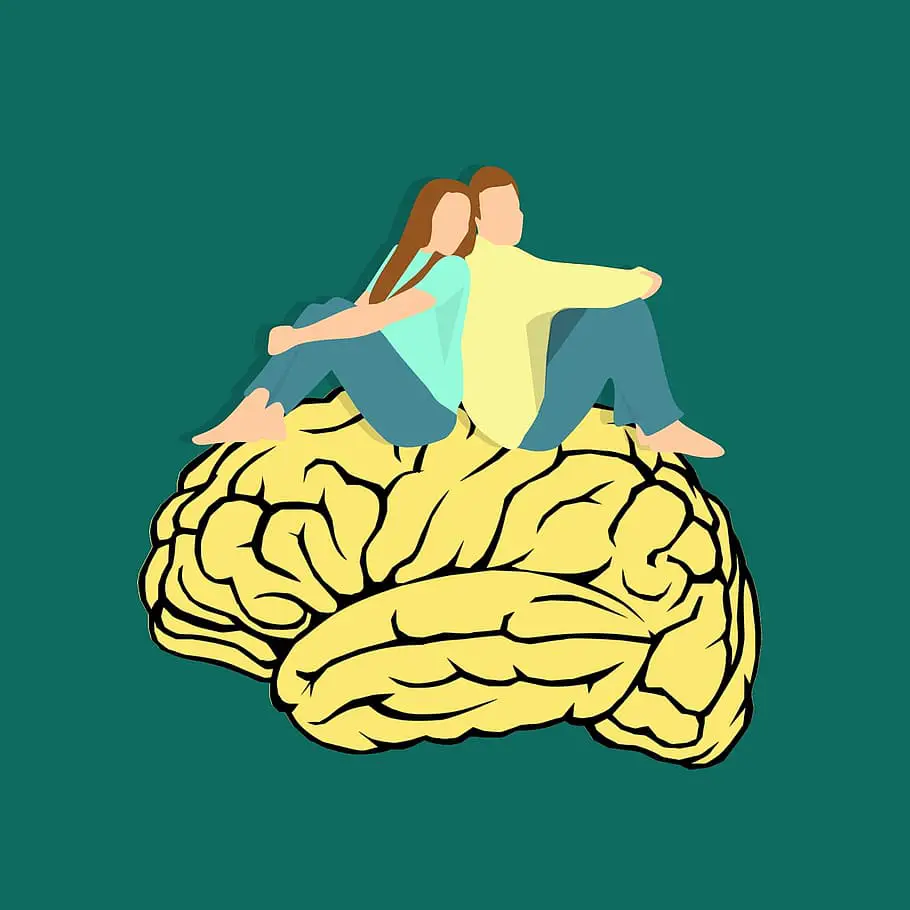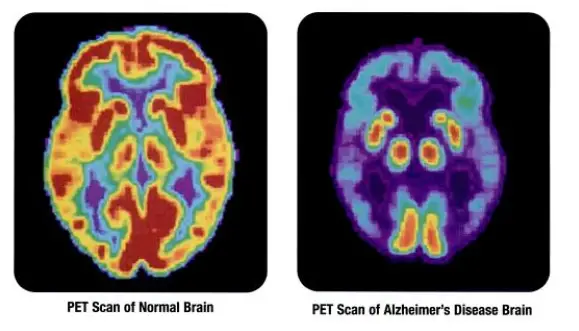Brain Bee Study Guide Notes: Chapter 9 Kinds of Research
Brain Bee Study Guide: Students can prepare for their local, regional, national, and international Brain Bee competitions by studying Brain Facts, a resource published by the Society for Neuroscience. In this study guide, we have compiled study resources/study guide notes for Brain Bee students: Chapter 9 Kinds of Research in Brain Bee
Overview
- Three types of Research
- Animal Research
- Imaging Techniques
- Genomic Investigations
- The knowledge that has been gained

Animal Research
- Use of animals
- Rats + mice= role of neurotransmitters in cell communnication
- Mammals(rabbits and cats)= studies of vision and other senses
- Invertebrates
- Fruit Fly’s brain -is less complex than vertebrates
- BUT, many similarities (i.e. eye)
- Zebrafish – fertilized transparent eggs -good models
- Sea slugs-for learning and memory study
- Fruit Fly’s brain -is less complex than vertebrates
Chemical Connections in the Nervous System
- What do brain disorder treatments target? (Parkinson’s disease and ADHD (attention deficit hyperactivity disorder)
- Answer: Synapse
- Made possible using Rats and Mice
- New Staining techniques
- Look at pathways
- Connections between different areas of the brain
- Death of Neurons with neurotransmitter Acetylcholine (Alzheimer’s disease)
- Parkinson’s disease
- Nobel Prize Arvid Carlsson
- Neurotransmitter dopamine depleted
- Used pigeons
- Highly concentrated in basal ganglia
- Motor Function Brain
- Highly concentrated in basal ganglia
- Parkinson’s causes Basal Ganglia Cells to DIE
- Limiting production of dopamine
- DRUG: Levodopa-converted to dopamine
- Drug Addiction
- Used RATS
- Brain affected by drugs= REWARD pathway
- Affect Learning + Memory
- Causes craving for that drug
- Learning and Memory
- Nobel Prize Eric Kandel
- Use Mammals to conduct research on memory
- Too complicated
- Use Simple Organism-Sea Slug
- Robust Protective reflex-learning for sea slug
- Could remain for days/weeks as short-term
- Robust Protective reflex-learning for sea slug
- Long-term=activate genes
- Lead to growth of new synapses

Understanding Critical Periods
- Monkeys + Cats
- Determine Treatement for amblyopia
- Reduced vision of eye
- visual experiences guide development of visual circuits
- Nobel Prize David Hubel and Torsten Wiesel
- Determine Treatement for amblyopia
Sample Research Methods
- Microdialysis
- Measure amount of particular brain chemical found in a specified area of the brain
- Chemical + Other Molecules transported within neurons
Visualize brain activity + track nerve fiber connections
-Inject radioactive amino acid into brain cells
- Enzyme Horseadish peroxidase
- Taken up by nerve fibers-later identified under microscope
- Electrophysiology=study of electrical properties of neurons
- Study Brain + diagnose like hearing loss
- Assessed in infants
- Electrodes placed on specific parts of hear
- Make analysis based on time lapse between stimulus and response

Imaging
- Positron Emission Tomography (PET)
- Measure blood flow or energy consumption in brain
- Detection of radioactivity emitted when positrons (positively charged particles) undergo decay
- Introduce radioisotope in blood
- Carried to different brain areas
- shows Up depending on how hard neurons working
- Single Photon Emission Computed Tomography (SPECT)
- Like PET
- Pictures not as detailed
- not expensive
- Magnetic Resonance Imaging (MRI)
- High-quality, 3-D image oforgans and structures
- NO x-rays or radiation
- Noninvasive
- High-quality, 3-D image oforgans and structures
- Magnetic Resonance Imaging (MRI)
- Patient lies in Magnet hollow place
- Different atoms in brains resonate to different frequencies of magnetic fields
- Background magnetic field
- Second magnetic field (rotate, turn on and off)
- Swing back-create signal-converted to image
- Magnetic Resonance Imaging (MRI)
- Lot of water + fat= bright image
- little or no water= black
Magnetic Resonance Imaging (MRI)
- Different: Diffusion rates of water
- Magnetic Resoance Spectroscopy (MRS)
- Measures Concentration of specific chemicals
- Neurotransmitters (NOT Blood flow)
- See new info on brain development
- Measures Concentration of specific chemicals
- Functional Magnetic Resonance Imaging (fMRI)
- Functional Magnetic Resonance Imaging (fMRI)
- Compare brain activity Active vs Resting
- Detect increases in blood oxygen levels
-Magnetoencephalography (MEG)
-Weak magnetic fields emitted by neurons
-Only know when certains areas become active
- Optical Imaging and Other Techniques
- Shining weak lasers through the skull to visualize brain activity
- Inexpensive + relatively portable
- Near Infrared spectroscopy (NIRS)
- observing how much light is reflected back from brain at each freqency
- track blood flow
- observing how much light is reflected back from brain at each freqency
- Event-related optical signal
- Records how light scatters in response to rapid cellular changes
- Transcranial Magnetic Stimulation (TMS)
- Inducing electrical impulses in brain
- Altering Magnetic fields

Gene Diagnosis
- 20,000-25,000 pairs of genes
- More than 7,000 disorders affect brain
- Mutations occur in DNA
- Microarrays
- Find Chromosomal location of many genes
- understand chance of condition affecting other members of family
- Tracking down Genes
- HTT -gene altered in patients wi Huntington’s disease
- RB1, inherited retinoblastoma-eye tumor
- X-linked gene DMD -Duchenne muscular dystrophy
- Walker-Warburg syndrom-severe problem with brain, eyes and muscles
- Five genes so far
-FMR1 gene-people with fragile X syndrome
inherited intellectual disability in males
-LIS1 -tell brain how to grow
mutation people-have smoother brains
-thus more seizures
-TSC1 and TSC2-Rett Syndrome associated with MECP2 too
Deletion of Parts of Chromosome 16-lead to autism
-MLL2 gene -Kabuki syndrome
congenital intellectual disabilities +abnormal facial features
Brain Bee Study Guide: Chapter 9 Kinds of Research
© Copyright 2020 Moosmosis – All rights reserved
All rights reserved. This essay or any portion thereof
may not be reproduced or used in any manner whatsoever
without the express written permission of the publisher.















Super helpful and awesome article! 😀
LikeLiked by 2 people
Brainy article! SPECT-acular
LikeLiked by 2 people
Excellent information.
LikeLiked by 2 people